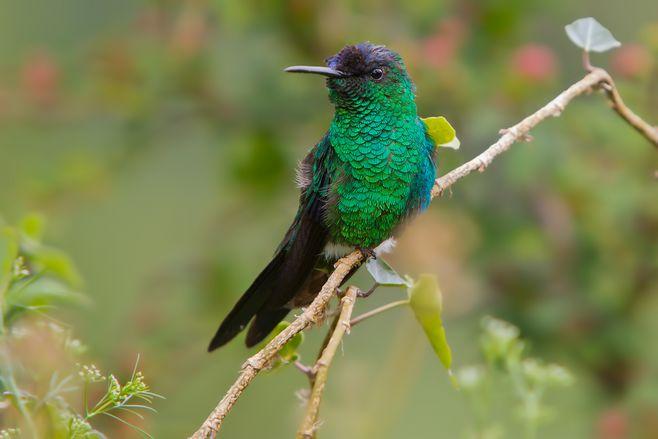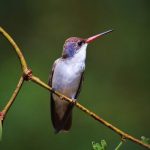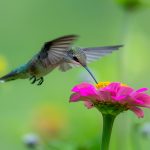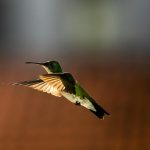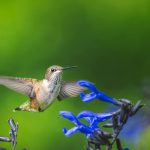Hummingbirds are remarkable creatures known for their vibrant colors, impressive flight abilities, and high energy needs. Many people enjoy attracting and feeding hummingbirds during the warmer months, but what about winter? Can you continue to feed hummingbirds when temperatures drop? Let’s explore everything you need to know about feeding hummingbirds in winter:
1. Understanding Hummingbird Migration
Before we delve into winter feeding, it’s important to understand the migration patterns of hummingbirds. Here are some key points:
- Migration Instinct: Most hummingbird species migrate to warmer regions during the winter months to find suitable food sources and escape harsh weather conditions.
- Species Variation: Migration patterns vary among different hummingbird species. Some species migrate long distances, while others may only move to nearby areas with milder climates.
- Timing: Hummingbirds typically migrate during fall and return to their breeding grounds in spring, following the availability of nectar-producing flowers.
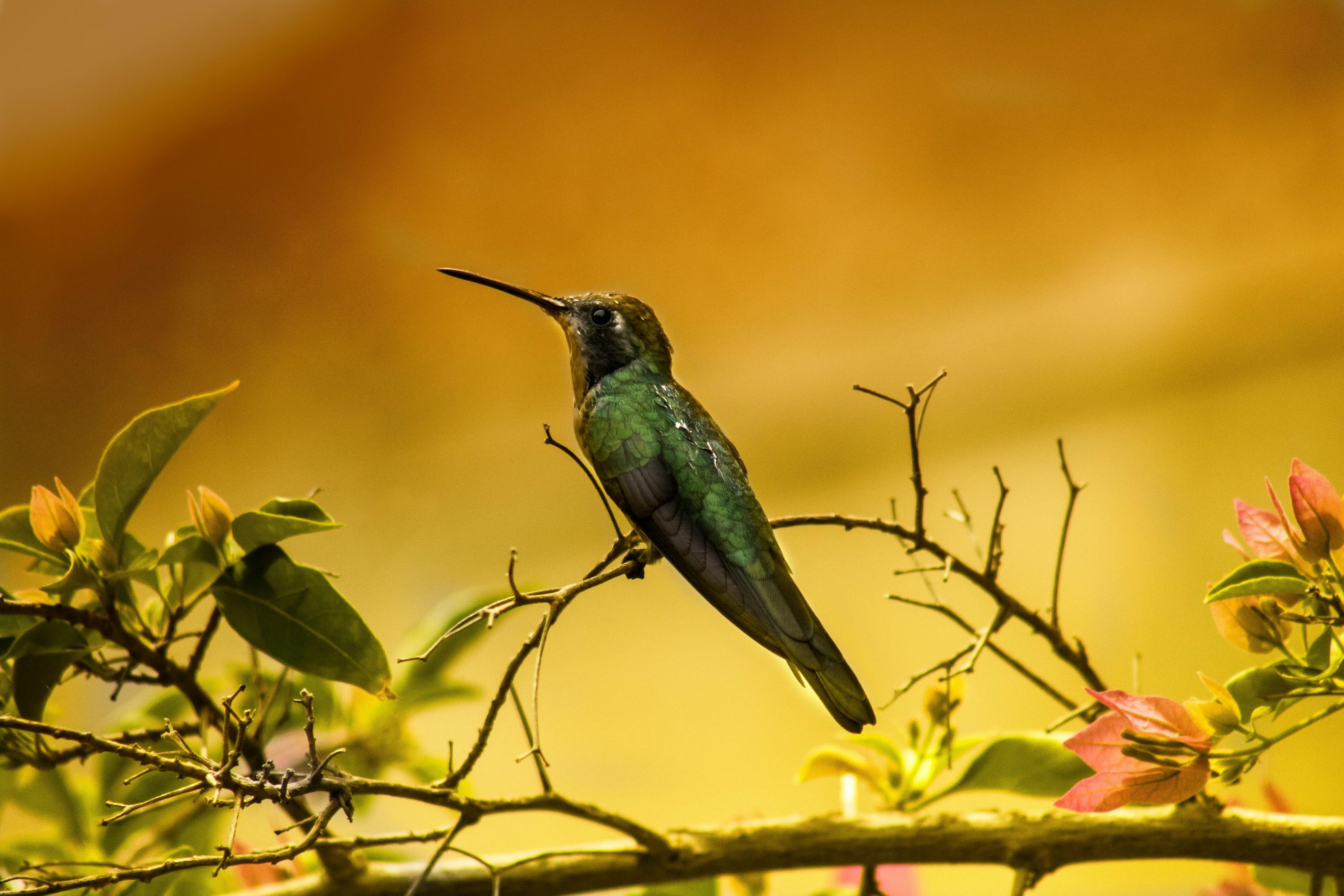
2. Winter Hummingbird Species
While most hummingbirds migrate, there are a few species that stay in certain regions during winter. Here are some examples:
- Anna’s Hummingbird: Anna’s Hummingbirds are known to remain in their breeding territories throughout the year, including the winter months. They can tolerate colder temperatures compared to other hummingbird species.
- Costa’s Hummingbird: Costa’s Hummingbirds are another species that can withstand colder conditions and may stay in their breeding territories during winter.
- Rufous Hummingbird: Rufous Hummingbirds have long migration routes, but some individuals may overwinter in milder regions along the Pacific Coast.
3. Winter Feeding Considerations
Feeding hummingbirds in winter requires special attention to ensure their health and well-being. Here’s what you need to know:
- Food Availability: Natural nectar sources, such as flowers and insects, are scarce during winter. Providing supplemental food can help sustain wintering hummingbirds.
- Choosing the Right Feeders: Opt for feeders designed for winter conditions. Look for feeders with insulation or heating elements to prevent nectar from freezing.
- Feeder Placement: Place feeders in sheltered locations, such as near evergreen trees or under eaves, to reduce exposure to wind and cold weather.
- Nectar Solution: Use a nectar solution with a higher concentration of sugar during winter. A ratio of 3 parts water to 1 part sugar (3:1) is recommended to provide additional energy for hummingbirds.
- Feeder Maintenance: Regularly clean and refill feeders to prevent contamination and freezing. Make sure to use warm water to dissolve the sugar and rinse the feeders thoroughly.
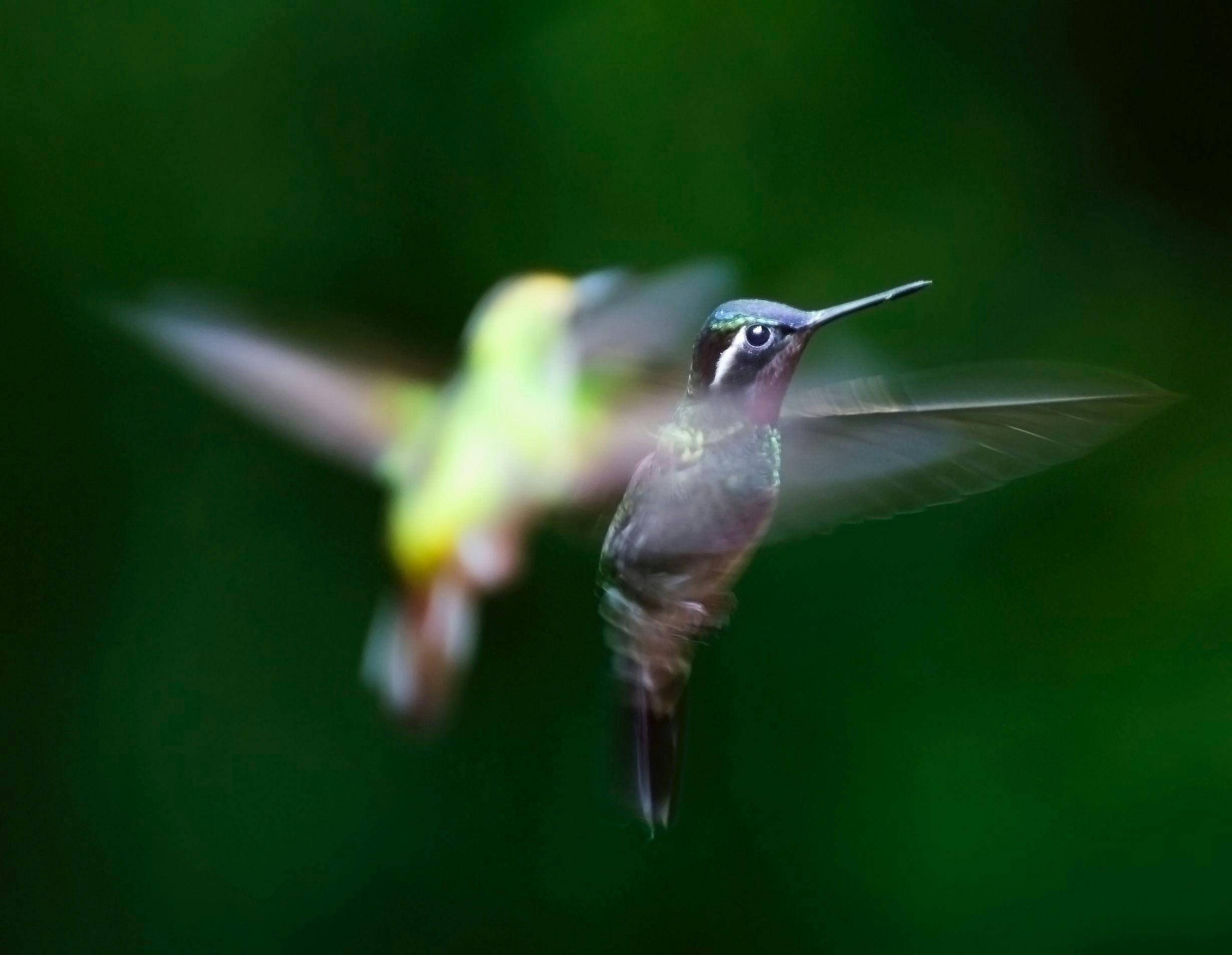
4. Natural Food Sources
Alongside feeders, it’s beneficial to create a winter-friendly habitat that offers natural food sources for hummingbirds. Consider the following:
- Winter-Blooming Plants: Plant native winter-blooming flowers, such as Hellebores or Mahonia, to provide nectar sources for hummingbirds.
- Berries and Fruits: Some fruit-bearing plants, like winterberries or crabapples, can serve as additional food sources for wintering hummingbirds.
- Insect-Friendly Environment: Encourage insects in your garden by avoiding the use of pesticides. Hummingbirds rely on protein-rich insects as part of their winter diet.
5. Monitoring and Adjustments
Regular monitoring and making adjustments based on hummingbird activity are essential for successful winter feeding. Consider the following:
- Observation: Keep an eye on the presence and behavior of wintering hummingbirds around your feeders and natural food sources.
- Adjusting FeederPlacement: If hummingbirds are not visiting your feeders, try moving them to different locations to find the most suitable spot.
- Feeder Maintenance: Clean and refill feeders more frequently during winter, as nectar can spoil or freeze faster in colder temperatures.
- Weather Changes: Be prepared to make adjustments based on weather conditions. Extreme cold or storms may require additional measures to protect feeders and provide alternative food sources.
6. Ethical Considerations
While feeding hummingbirds in winter can be beneficial, it’s important to approach it ethically and responsibly. Here are a few things to keep in mind:
- Supplement, Not Replace: Feeders should supplement natural food sources, not replace them. Encourage the use of native plants to support overall hummingbird populations.
- Hygiene and Cleanliness: Maintain high standards of cleanliness for feeders to prevent the spread of diseases among hummingbirds.
- Respect Migration Patterns: If hummingbirds are migratory in your region, avoid creating dependence on feeders that may disrupt their natural behavior.
- Educational Opportunities: Use winter feeding as an opportunity to educate others about hummingbirds and the importance of providing suitable habitats.
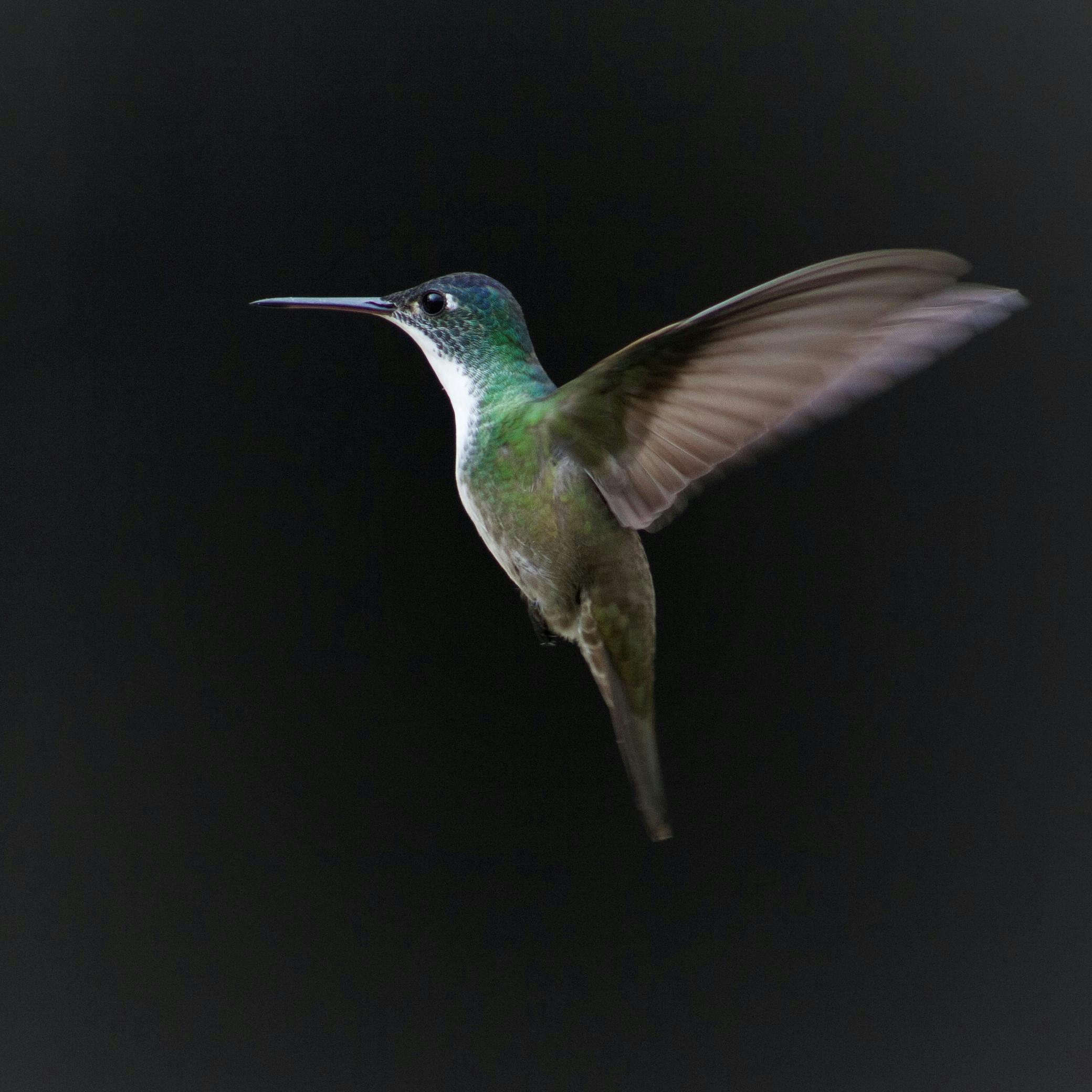
Conclusion
Feeding hummingbirds in winter can be a rewarding experience, especially for those fortunate enough to have wintering species in their area. By understanding their migration patterns, providing proper feeders and nectar solutions, creating a habitat with natural food sources, and monitoring their behavior, you can support these incredible birds through the colder months. Remember to approach winter feeding ethically, ensuring that it complements their natural diet and behavior. Enjoy the company of wintering hummingbirds and appreciate the joy they bring to your garden during the colder season.

